Within this LPG Safety in the Spotlight feature we will be focusing on safe and suitable means of transporting LPG cylinders.
Many cylinders are being transported in haphazard and incorrect conditions. This can be extremely dangerous!
These are key areas to check before transporting cylinders.
1. Check cylinders are in the ‘closed’ position and are checked for leaks before transporting.
Check the cylinders for leaks before transporting by testing the valve with leak detection fluid. Ensure the cylinders valves are in the ‘closed’ position, are not connected to an appliance and the cylinder bung is in place.
2. Ensure cylinders are transported secured in an upright only position.
Cylinders must be stood upright with the relief valve uppermost, if cylinders are stowed on their side the liquefied gas inside the cylinder may cover the relief valve and prevent it from activating in the event of the cylinder reaching abnormal pressure levels.
3. Use suitable restraints and straps to secure cylinders in an upright position and prevent damage.
Metal chains are unlikely to properly secure cylinders. Use commercial grade rachets straps instead which can be manually adjusted/tightened.
4. Use a purpose-built storage locker or compartment.
This should ensure the cylinder remains upright and are not at direct impact from another vehicle when stored in the boot or rear of a vehicle. Storage compartments must be commercially fabricated or constructed of non-combustible materials, offering at least 30-minute fire resistance and have ventilation at high and low levels (some compartments may have low level ventilation only which must be oversized to account for the lack of high-level ventilation).
5. Ensure there is safety warning signage in place on the outside of the vehicle that is transporting LPG.
A Class 2 diamond shaped sign is required if transporting LPG. Additional signage is also recommended e.g. “No smoking” signage.
6. Ensure there is ventilation during transport.
If cylinders must be transported inside a closed vehicle, then there must be adequate ventilation in place. For example, vans and delivery vehicles must have fixed ventilation in the load compartment, storage compartments must have built in ventilation.
Example of safe and suitable cylinder transportation
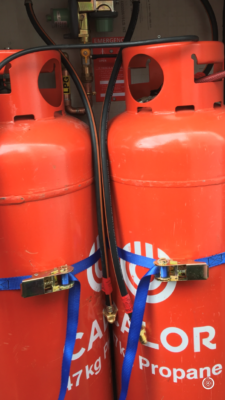
Cylinders secured upright with individual ratchet straps inside a transport storage locker
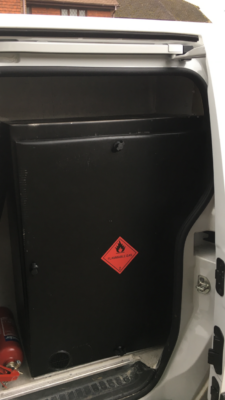
The outside of the storage compartment, providing additional protection to the cylinders at the rear of the vehicle and labelled with a Clas 2 diamond shaped sign.
Important safety rules to bear in mind:
 Avoid strapping cylinders into car seats with seat belts, stowing in the footwell of vehicles or wedging into back of vans in amongst combustible materials and ignition sources!
Avoid strapping cylinders into car seats with seat belts, stowing in the footwell of vehicles or wedging into back of vans in amongst combustible materials and ignition sources!

Incorrect transport-cylinders loosely stowed in the footwell of a vehicle.

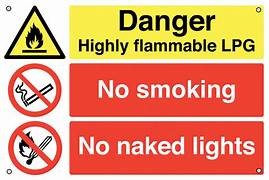
Do not smoke in or around vehicles that are being used to transport or store LPG cylinders. LPG is highly explosive!
 Never transport cylinders whilst they are connected and in use.
Never transport cylinders whilst they are connected and in use.
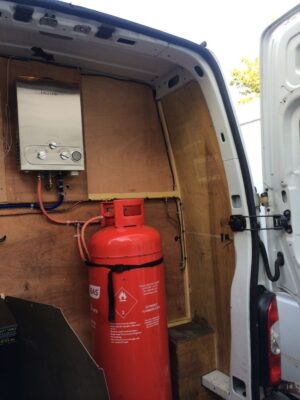 An unsuitable storage compartment with the cylinder connected to the appliance during transportation.
An unsuitable storage compartment with the cylinder connected to the appliance during transportation.
In future LPG in the Spotlight features we will highlight further examples of good and bad examples of safe transportation of cylinders including internal and external storage compartments used in mobile catering units.
For more information check out our free guide A Quick Guide to LPG Cylinder Safety available to download from the NCASS Gas Safety Hub, free resources section.
Are you looking for a Gas Safe Registered LPG engineer? Find your nearest Gas Engineer Partner (GEP) – tried and trusted engineers competent in LPG.

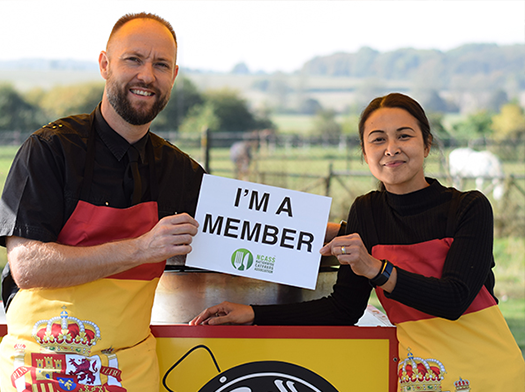
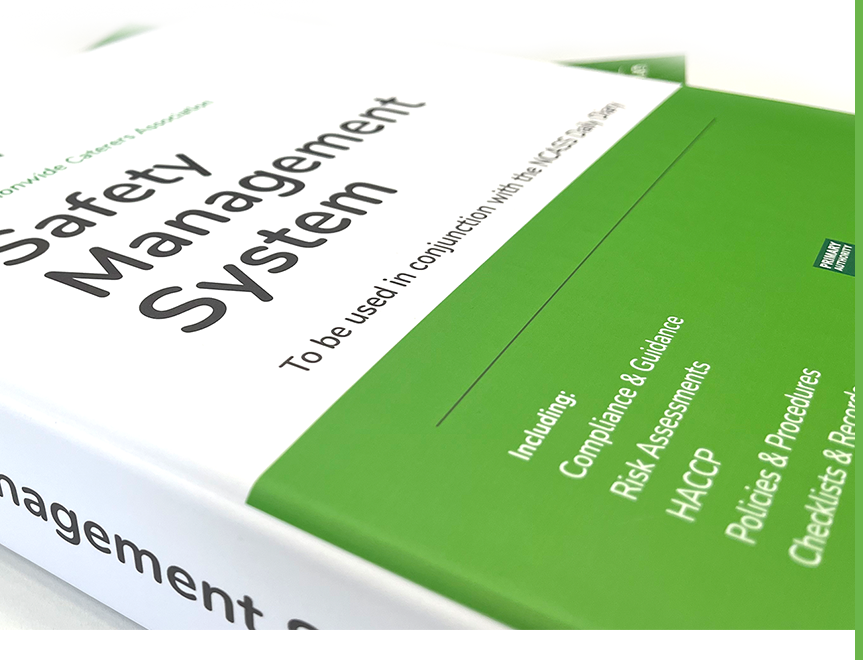

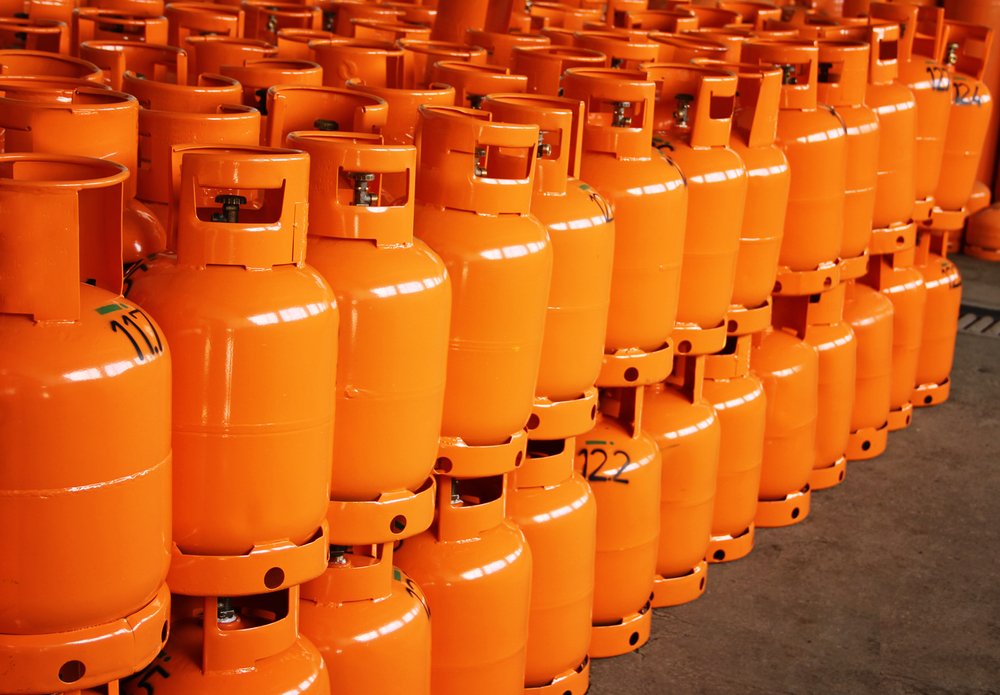

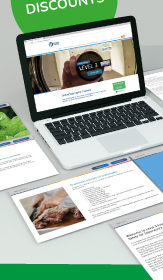 Featured Training
Featured Training
OUR MEMBERSHIP
We're here to help make your catering business a success. Whether that be starting up or getting on top of your compliance and marketing. We're here to help you succeed.
Want our latest content?
Subscribe to our mailing list and get weekly insights, resources and articles for free
Get the emails